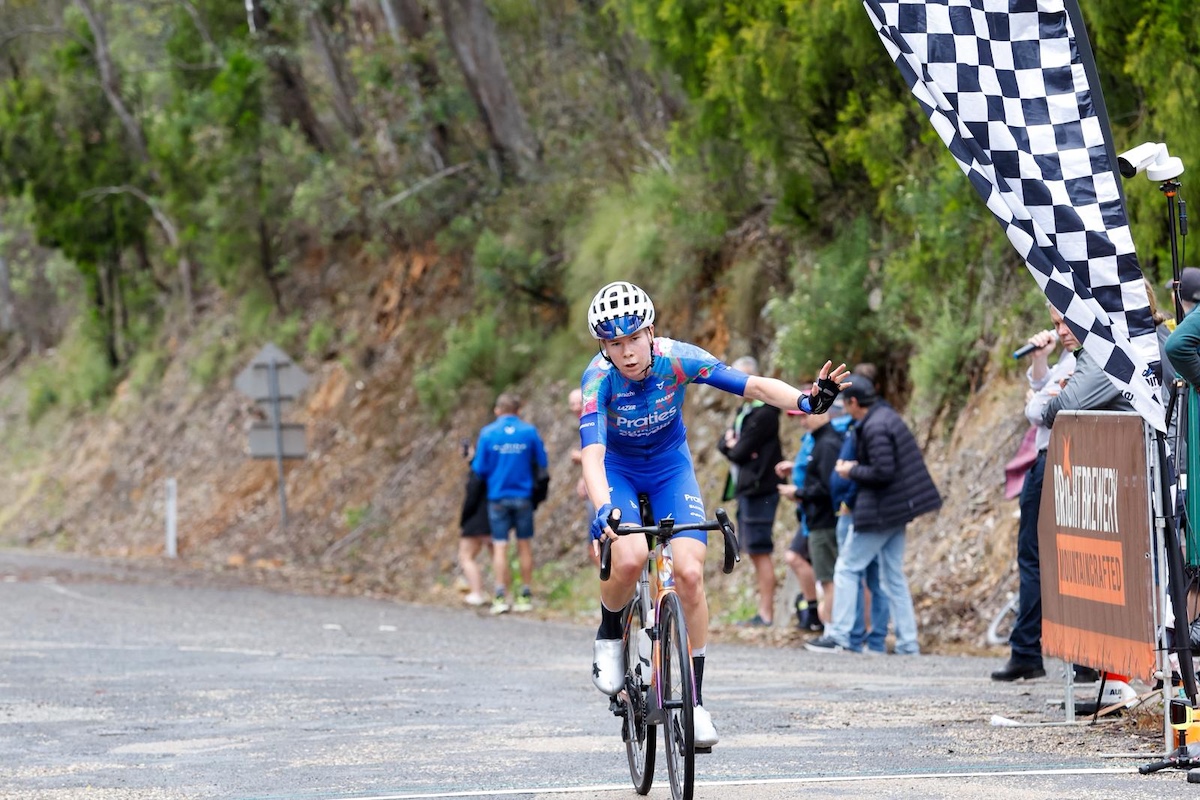Myth: Indoor cycling requires a wealth of training knowledge
Indoor cycling is incredibly beginner-friendly. Perhaps even moreso than riding outdoors
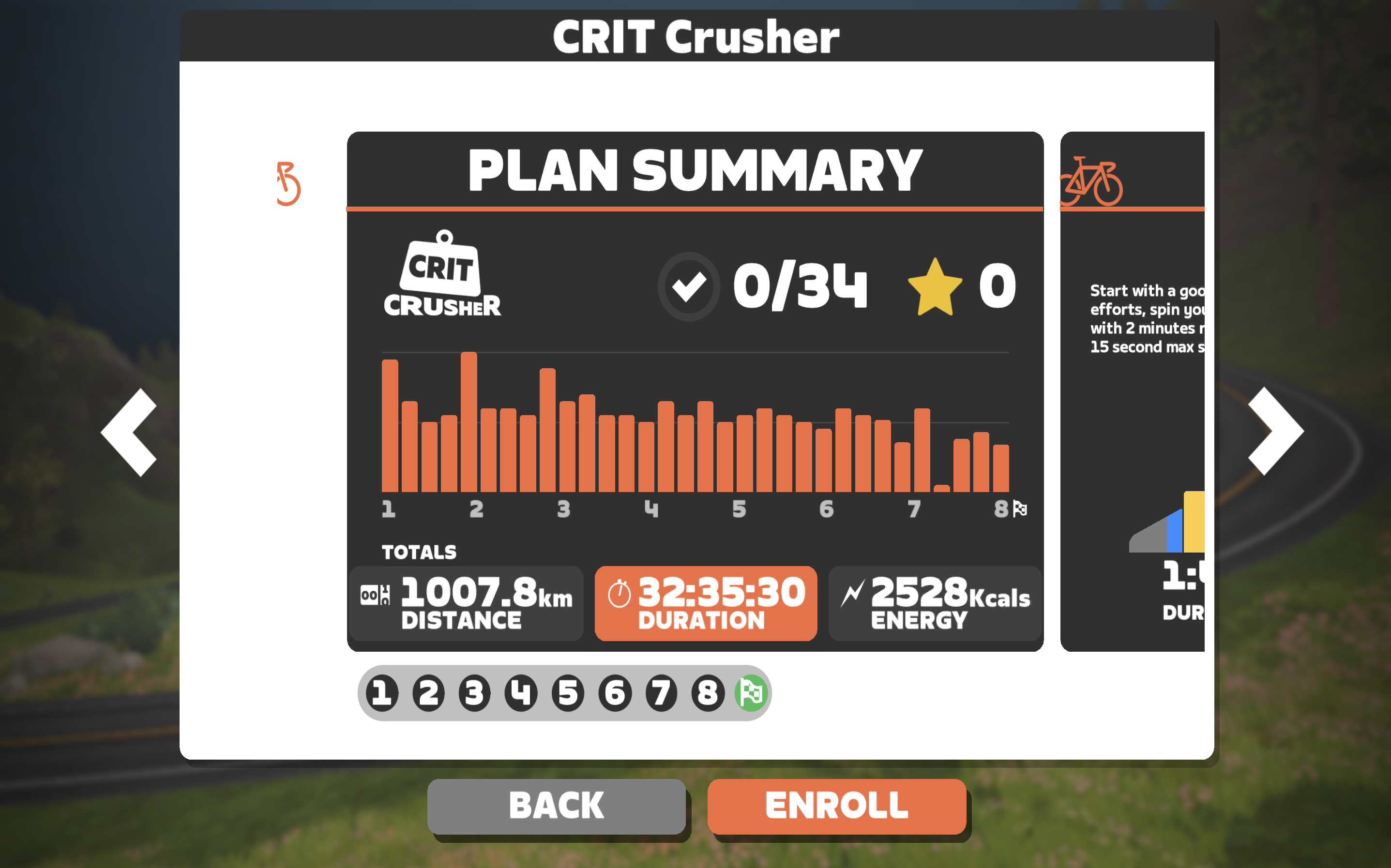
Indoor cycling used to be something for only the serious rider or hardened pro, the ones who needed to train even when the weather was at its worst, making it impossible to pedal outside. Fewer training aids and no apps meant those who chose to ride indoors had to have some pretty in-depth training knowledge, or be willing and able to fork out relatively large amounts of cash for a coach. Being able to analyse power and other ride data was essential for planning and performing effective training blocks based on current fitness, in order to achieve future goals and get ready for upcoming events or races.
These days, not knowing everything there is to know about training shouldn't put you off. Not keen on the idea of doing hours of research, and then putting it to use planning a strict schedule? Simply open Zwift, choose a training plan and get riding; outputs will be measured from your trainer, and sessions will be adapted to your goals.
Many companies now offer completely tailored one-to-one training programmes from qualified coaches, aimed specifically at cycling indoors. If you are looking to take things one step further or feel you need someone else to tell you what to do, then this is the way forward. However there are so many apps and programmes to help you train efficiently that this is not really necessary for the majority.
The boom in indoor cycling and the COVID-19 effect
Massive advances in technology have brought about a boom in indoor cycling, be that on a turbo trainer, rollers, Spin bike, or in group fitness classes. It’s now a completely different experience to that of one or two decades ago, and it’s starting to be seen in a totally new light. Indoor training using an app is versatile, cheap (after initial setup costs), and an easy to use tool with real, proven effects.
The world shutting down in 2020 during the COVID-19 pandemic brought another surge in popularity. Cyclists and non-cyclists everywhere were looking for ways to keep fit and stave off boredom without leaving the house. Jumping on the turbo or rollers and setting yourself some goals was the ideal solution, and it brought many new users to apps such as Zwift.
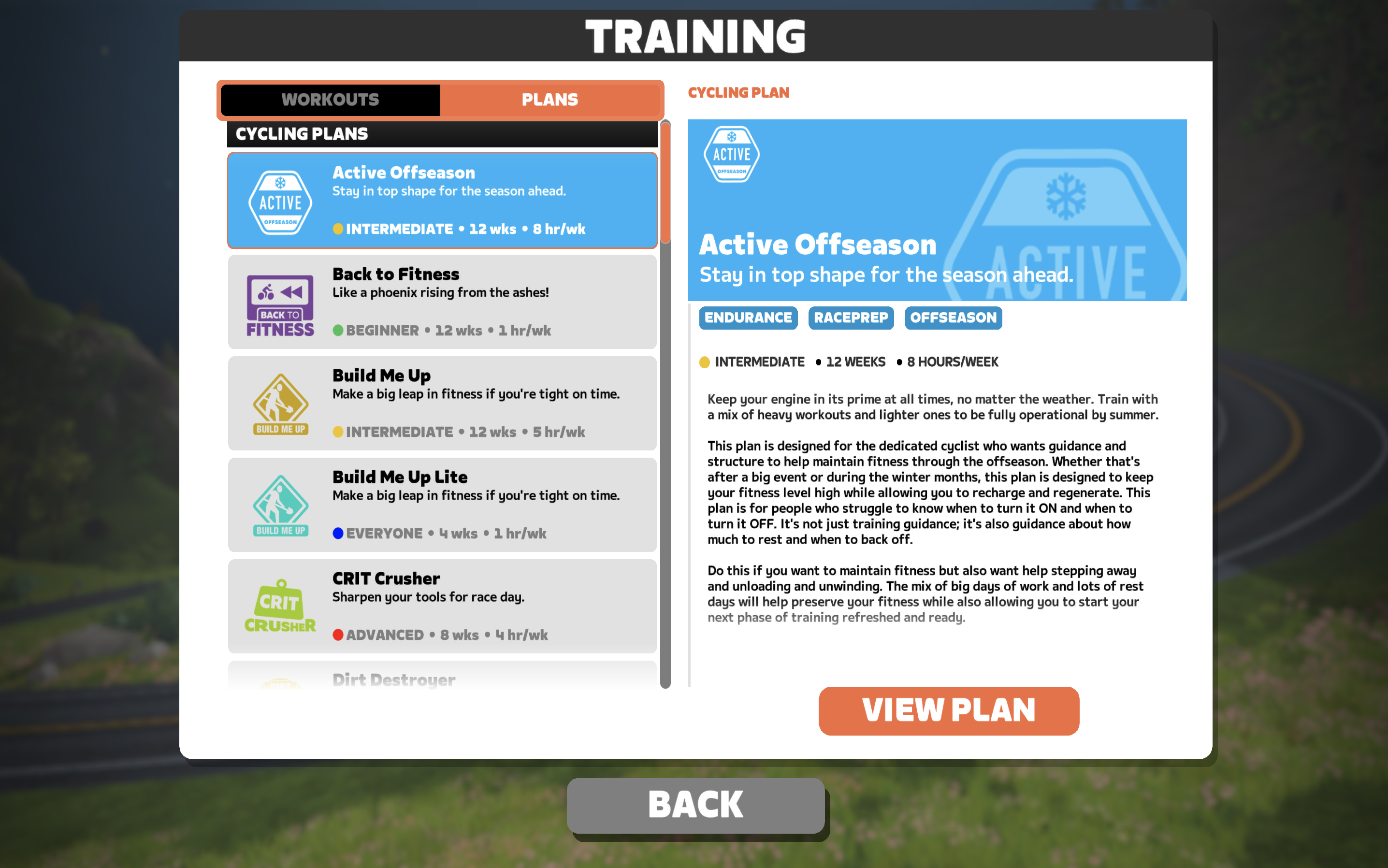
Train without extensive knowledge of the science behind the numbers
Forget the planning pre ride and the analysis post ride, with the extensive availability of apps these days, all the hard work is done for you. As long as you have a smart trainer, or basic trainer plus power meter, you’ll be able to follow a training session or whole blocks of sessions based around your Functional Threshold Power, or FTP, which is a reliable measure of current fitness. Just as a coach would ask you to perform an FTP test and plan specific workouts around the results, an app harnesses data and scales sessions accordingly. FTP is also a great way to track performance over time.
Professional coaches create the online workouts and plans so you know plenty of expert knowledge is behind them. Zwift has a number of training plans targetting different goals such as boosting your FTP, training for a Century, or tuning up for your next Gran Fondo. They range from short and simple (one week) to a few months long where you can really build up your fitness. There’s one specifically for those new to cycling or indoor cycling too, providing a great introduction to the platform, and to structured workouts. In short, Zwift allows you to get faster and stronger without having to become an expert in your data.
Setup is simple
The process of setting up shouldn’t put you off indoor cycling. With the right kit and accessories, putting a bike on a trainer and connecting everything ready to ride is pretty straightforward.
Most modern direct drive turbo trainers are supplied with adapters, making them compatible with quick release and thru-axle setups on road, mountain, gravel and cyclocross bikes. Wheel-on models mean there are even fewer compatibility issues, although it’s worth having a spare wheel fitted with a turbo trainer-specific tyre, which resists wear far better than one designed for outdoor use.
At a recently reduced price of $599/£549, the Wahoo Kickr Core, for example, is a direct drive trainer that comes with all the necessary adaptors, a choice of cassette, and a year of Zwift included, meaning you're ready to go as soon as you're set up.
At the same price, Zwift’s Hub One smart trainer makes setup even easier. Complete with clear instructions and one-speed Cog that's immediately compatible with all modern bikes, it means set up is simple and multiple bikes can be used on the same trainer, with minimal fuss swapping between them.
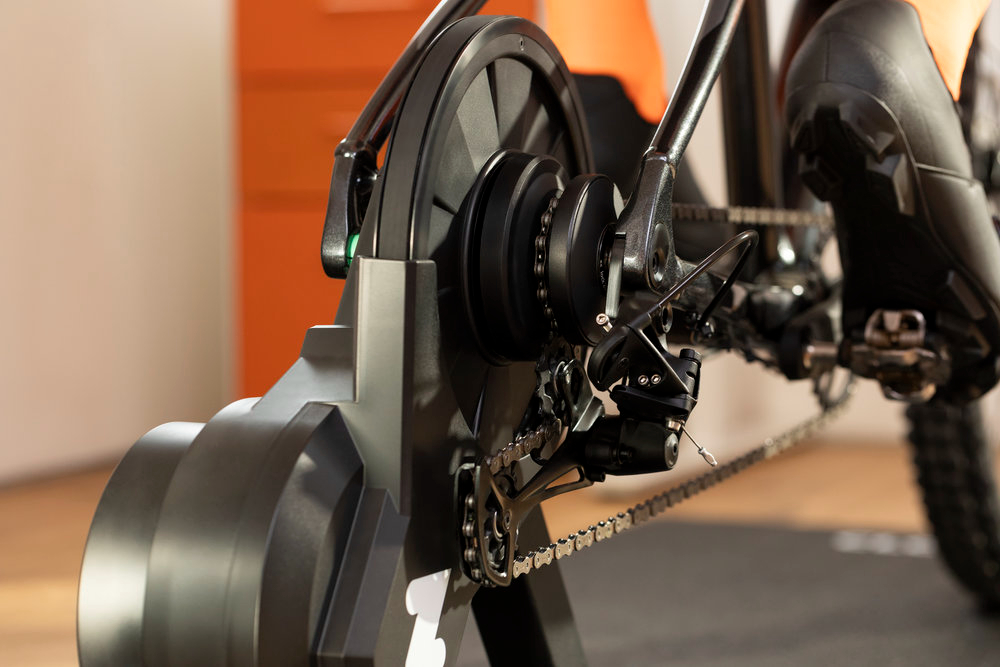
Regardless of the trainer, once everything is set up and connected for the first time, further sessions should be even more of a breeze, so there’s little preparation required before each ride. You really don’t have to have a tech-oriented brain to get started.
Training doesn’t have to feel like training
Even when you’re working out rather than simply riding or taking part in a virtual group ride or race, you’re still getting the benefits of having riders around you in the immersive virtual world. Time passes faster and it can really help you remain disciplined. There are even group workouts, so you can get fit alongside other Zwifters. You can also still ‘win’ jerseys if you get the fastest time on a segment, if that’s something that motivates you to push through your session.
One of the greatest things about Zwift is the community, and the opportunity to ride in groups or take part in races. It’s not only the workouts and training plans that make you fitter and stronger, group rides and workouts can also be tremendously hard work. Interact with those around you, hand out some ‘Ride Ons’ and distract yourself from the effort.
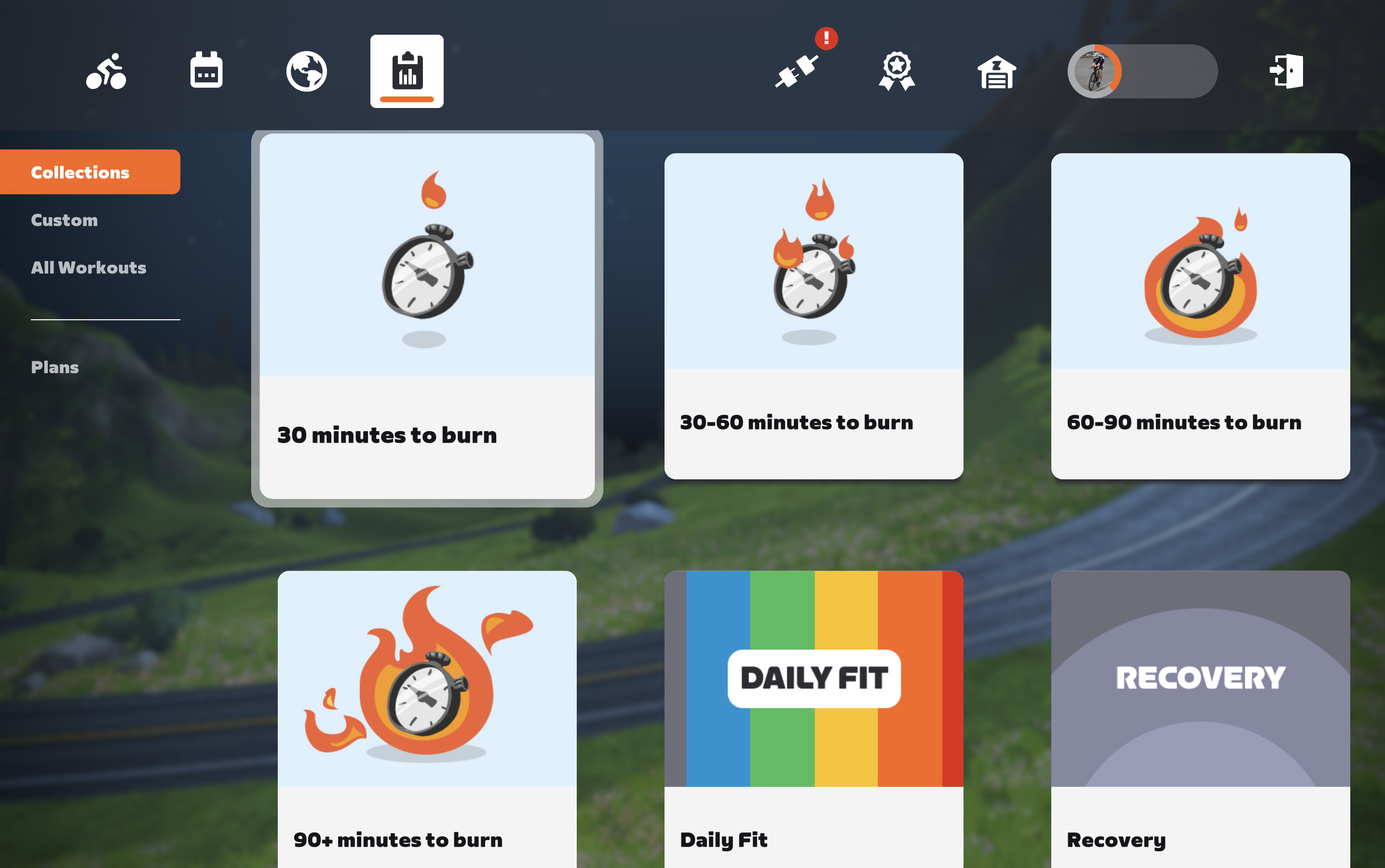
Cycling indoors is flexible and can be worked around your life
Firstly, there are a huge number of workouts available on each of the various platforms, so there’s plenty to choose from. An FTP test is required to personalise the workouts; the results indicate threshold power, and are the numbers around which every workout will be based. From zone 2 endurance to sweet spot and overs/unders, take your pick.
One hour to kill before picking the kids up? A big gap in your working day? A free Friday night? There are workouts for every scenario and they range between 15 minutes and 2 hours. A coach may give you specific days and specific workouts to perform out on the road, however Zwift allows a more flexible approach. Whether you choose a single workout or a training plan, you can ride day or night, fitting exercise around your daily routine or schedule - there are absolutely no restrictions. Indoor cycling doesn’t have to be overly rigid.
As well as not having to think too hard about what session to do, there’s also less faff involved. No need to think about what to wear and where to go, life on a turbo trainer is incredibly simple.
It’s also a well known fact that indoor cycling is highly efficient. You get far more out of an hour on the turbo than the same on the road, where stopping for traffic lights, navigating cars, avoiding potholes and dealing with mechanicals all come into play. Training indoors takes all those pesky variables away.
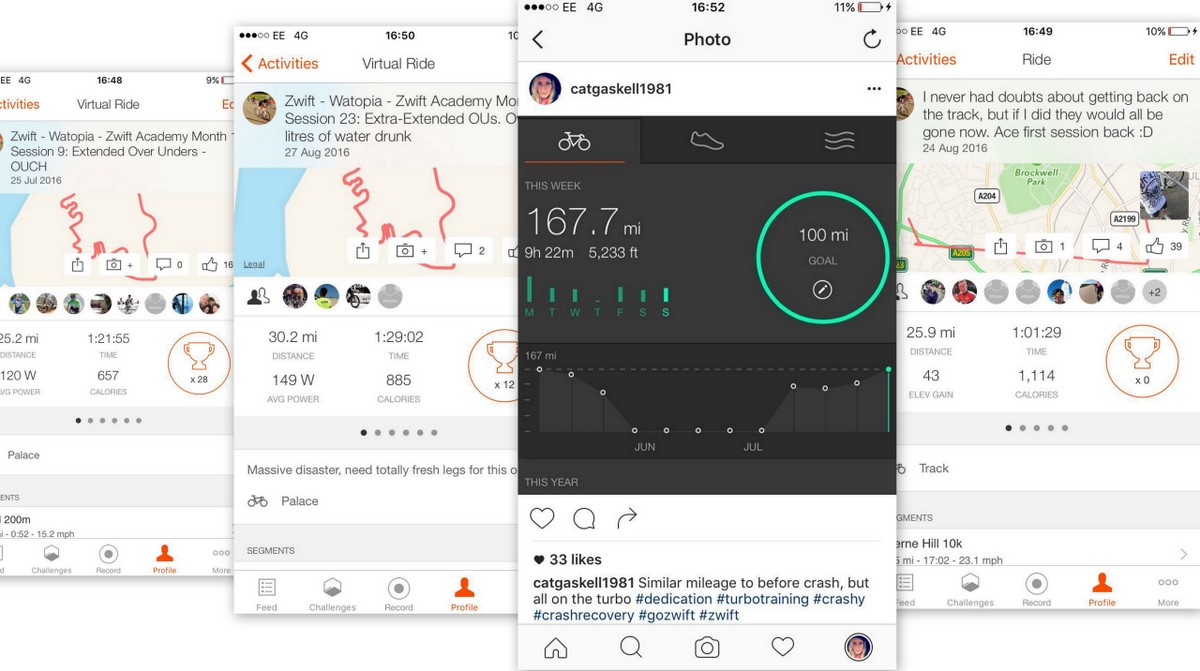
A personal experience
People sign up to indoor cycling apps for a number of reasons; maintaining fitness through the winter, tuning up for races, coping with time limitations, and injury recovery to name a few.
Back in 2016, as someone with limited training experience in my first few years of cycling, I never had any inclination to purchase a turbo trainer. I briefly had a coach, and used rollers for my indoor sessions. Rollers give you more to think about than a turbo, as core strength and balance are constantly required, and the ride feel is more ‘real’.
But after a particularly nasty crash that saw me recovering for many months, indoor training became a regular thing. I couldn’t hold onto the handlebars for a while thanks to a separated shoulder, and severe concussion meant the concentration required meant rollers were out of the question anyway. A stable platform from which to pedal and the opportunity to regain fitness without thinking too hard were ideal.
New to using power, new to using a turbo trainer and new to FTP testing (ouch!), I pedalled my way through the Canyon//SRAM Racing & Zwift Academy Project-specific workouts. Being able to train again was amazing for my mental and physical health, and it really was so simple to get started and to follow a plan. For me, sticking to a plan became part of a much needed routine and I regained so much fitness, so when I managed to start riding outside again I was capable of joining sessions on the track and going on club runs without getting frustrated.
My experience is just one example of proof that indoor cycling doesn't need a wealth of training knowledge to get started. There are countless others, and you could be next.
The latest race content, interviews, features, reviews and expert buying guides, direct to your inbox!
Cyclingnews is the world's leader in English-language coverage of professional cycling. Started in 1995 by University of Newcastle professor Bill Mitchell, the site was one of the first to provide breaking news and results over the internet in English. The site was purchased by Knapp Communications in 1999, and owner Gerard Knapp built it into the definitive voice of pro cycling. Since then, major publishing house Future PLC has owned the site and expanded it to include top features, news, results, photos and tech reporting. The site continues to be the most comprehensive and authoritative English voice in professional cycling.
